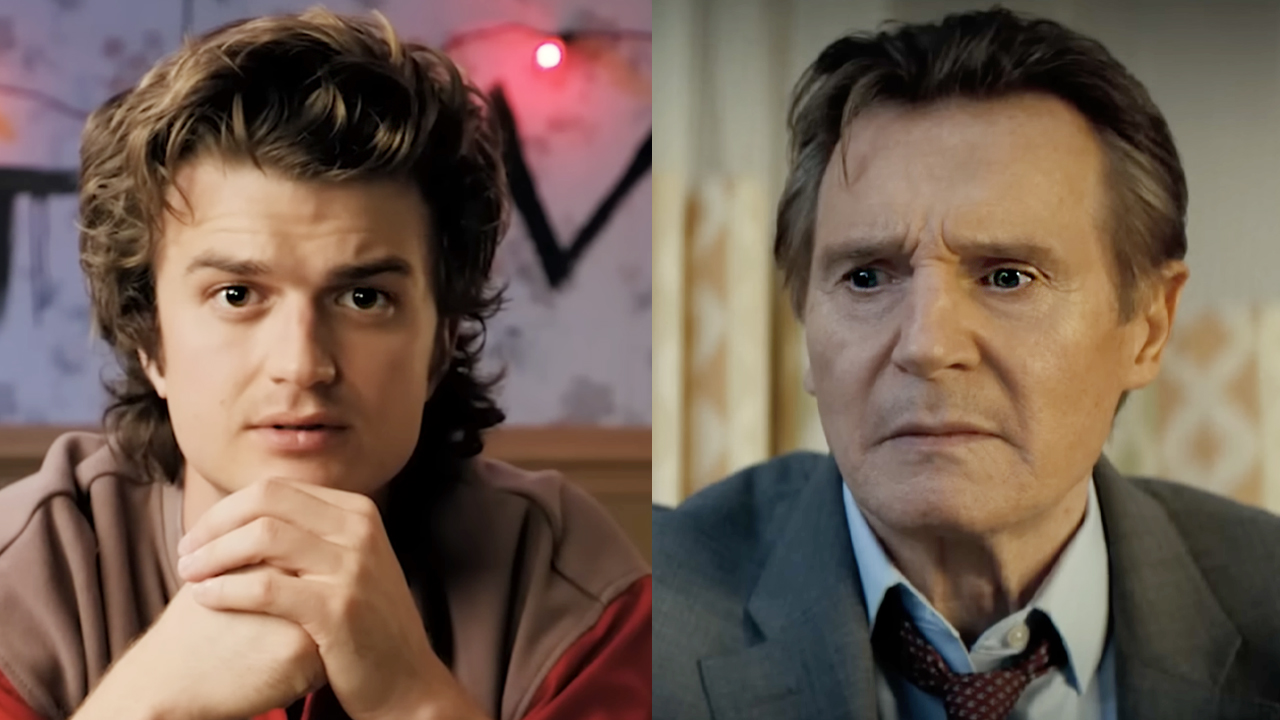
In most games you're not supposed to die but in Ghost Trick: Phantom Detective, that's where the game starts. Main character Sissel gets shot in a junkyard at the outset of the game. His work is far from finished, though.
In the first mission of the demo, the hitman who shot Sissel is about to kill a woman named Lynne. A mysterious voice tells you that you need to prevent her murder. How? Well, it appears Sissel's spirit has special powers - or "ghost tricks" - that allow him to influence the real world.
His spirit can hop a short distance to another object and then manipulate it in some fashion. The way you can manipulate it is outlined in the top screen. In this case, he can hop into a guitar in a nearby junkpile and cause it to play. The distraction allows Lynne to run away. However, this and a couple other distractions aren't enough to save Lynne, who is then gunned down.
Game over? Nope. Sissel hopes into Lynne's body and is then able to replay the last four minutes of her life. Sissel gets another chance to save her with his ghost tricks. Armed with new knowledge from the mysterious voice, he takes a smarter approach to the situation. Instead of simply trying to distract the hitman, he decides to take him out. He leapfrogs from object to object and ultimately commandeers the wrecking ball. He drops it on the hitman and saves Lynne - for now.
The second mission of the demo is set in Lynne's apartment. A new hitman, waiting for Lynne to arrive, has tied up the young girl who lives with her (Kamilla) and shot her dog Missile. In the interests of saving all of them, Sissel hops into Missile's body and replays the previous four minutes. This time, however, things are trickier. A lot more objects are needed to solve the scenario and timing is now important. You have to wait until Kamilla's just about to pick up her sunglasses before you'll be able to knock them out of her hands with your umbrella (I swear this makes more sense in context).
A Capcom rep told me that saving people from death wasn't the only thing you'd be doing throughout the game, though. For example, at one point you'll have to help a man escape from a locked room. Because you're only there in spirit, you'll have to nudge him along toward a solution.
Truth be told, though, the puzzles' diversity isn't a big concern. The difficulty curve and the logic (again, the umbrella/sunglasses thing) are more pressing matters. The game does provide thought bubbles to give you hints but will that be enough to keep players on track?
Your Daily Blend of Entertainment News
Staff Writer at CinemaBlend.

